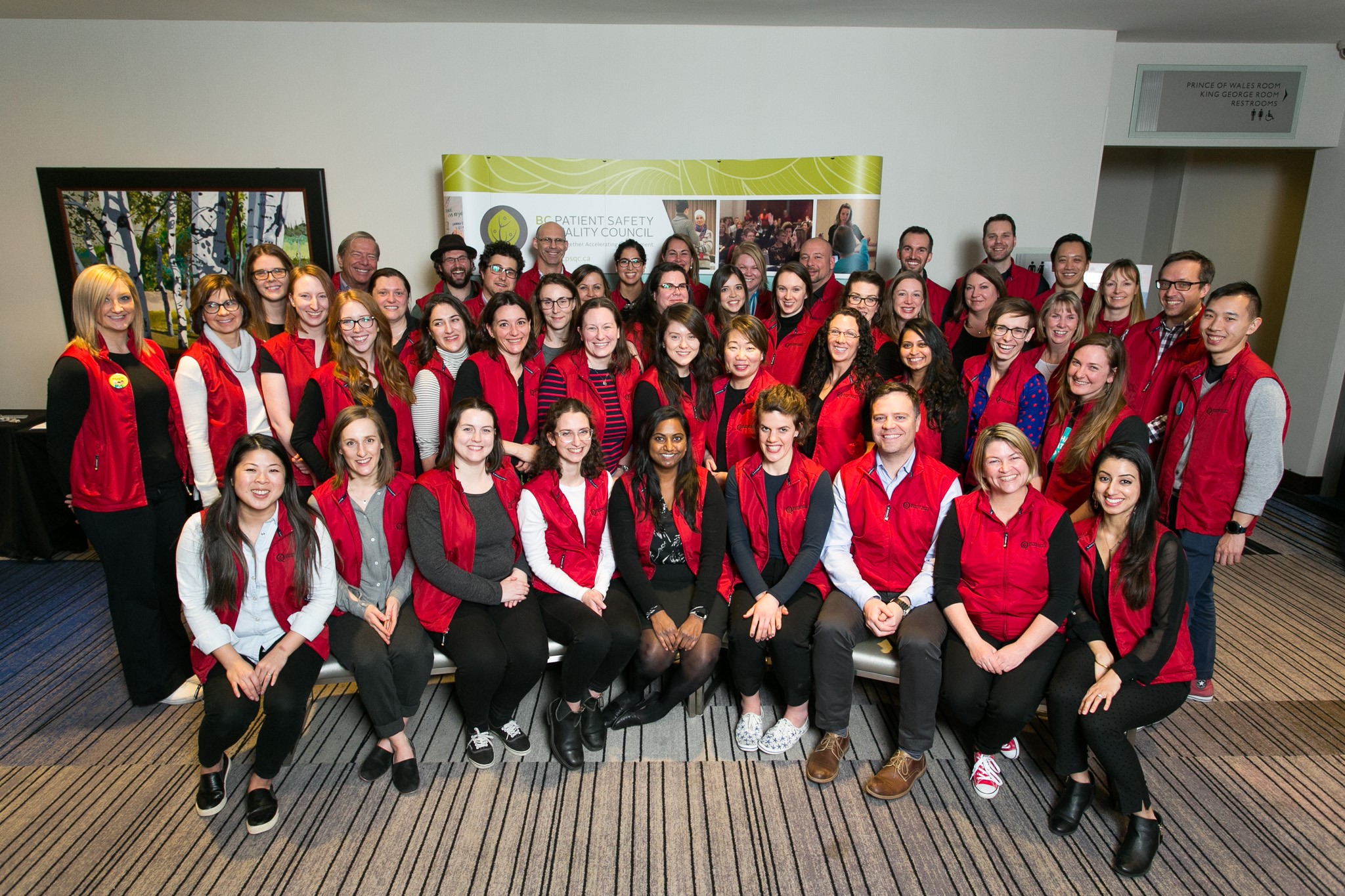Posted • Last updated
Closed
Open to Provincial Region, Patient partners across the province
Last updated
Want to help improve patient transport in BC? Your voice is needed!
Open to: Patient partners across the province
Lead Organization or Department
BC Ministry of Health, Acute and Provincial ServicesAim
The purpose of the Rural Patient Transport and Transfer Working Group is to identify and implement recommendations to improve how patients are transported in rural areas of BC. Including the insights and experiences from patient partners is important to these improvement efforts. Not only are patients the end users of transportation services, they have first-hand knowledge and experience that the working group needs as it addresses quality improvement. The patient partners are expected to be active and engaged participants in the working group meetings, offering their insight on various issues discussed.Level of Engagement
This opportunity is at the level of collaborate (at a local community or program level) on the spectrum of engagement (www.iap2.org). The promise to you is that the health care partner will look to you for advice in decision making, developing alternatives, and solutions and include your recommendations into the decision as much as possible.Eligibility
The working group is focused on rural transport from the patient perspective and it is important to include patient partner’s knowledge and experience in the work. Ideally, patient partners will:- Have experienced - or have a close relationship with someone who has experienced - medical transfer or transport in a rural or remote location in BC.
- Be able to communicate effectively about their experiences, including their impressions of rural transfer and transport.
- Have strong interpersonal skills.
- Be able to access suitable equipment to facilitate teleconference attendance (a phone and the ability to receive and send emails).
- Patients should have previously attended a PVN orientation session and signed the Volunteer Agreement. If you have not attended an orientation but are interested please contact the supporting Engagement Leader directly to see if accommodations may be possible.
Logistics
- Open to 2 patient partners across the province, preference given to those located in a rural location
- It is anticipated that the project will entail several teleconferences for up to a year in addition to at least one in person full day meeting. Teleconferences will recur on a regular basis
- The first working group engagement is scheduled for the last week of April 2017
Reimbursement
Expenses related to travel for the in-person meeting will be covered.Background
In late 2016, the Rural and Remote Division of Family Practice publicly released a report called Rural Patient Transport and Transfer: Findings from a Realist Review. The Standing Committee on Health Services and Population Health has made rural transport a priority area. They have struck this working group to address some of the issues covered in the report. The working group will develop a plan in order to introduce changes to improve patient transport in rural B.C. The Working Group will include representatives from the Ministry of Health, Health Authorities, Doctors of BC, BC Emergency Health Services, and other stakeholder groups (e.g. patient volunteers) involved in the facilitation and planning of rural patient transport and transfer.Health Care Partner Contact Information
Selena Davis
Engagement Leader, Patient and Public Engagement | Kootenays & Boundary
250.505.7866
sdavis@bcpsqc.ca

